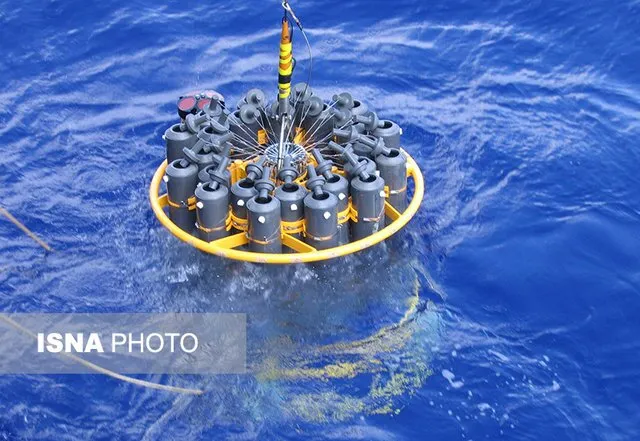INIOAS Researchers Develop Thermal Desorption in Field of Oceanology

Thermal desorption is an environmental remediation technology that utilizes heat to increase the volatility of contaminants such that they can be removed (separated) from the solid matrix (typically soil, sludge or filter cake). The volatilized contaminants are then either collected or thermally destroyed.
Thermal desorption can be used to study the chemical binding of species to a surface.
“Thermal Extraction Device with Adsorbent is a laboratory equipment for sample collecting, which can separate volatile and semi-volatile compounds that are stable at temperature from the tissue of solids and collect them on the adsorbent,” Engineer Dawood Jahedi Vaiqan said, according to INIOAS website.
He stated that the aim behind making this device was to reduce the consumption of organic solvent and solve the problem of losing the extracted compounds and the possibility of storing it for repeating the analysis with a gas chromatography device.
Explaining different components of the device and how the device works, Jahedi said, “The designed heat extraction device consists of a desorption part and a collecting part. In the collecting section, a column containing an absorbent is used. To increase the absorption potential, the temperature of the column containing the absorbent is reduced by using thermal cooling.”
According to the INIOAS researcher, “The prototype of the thermal desorption device was presented and evaluated for the first time in the exhibition of research, technology and technical achievements of the market in 2017 [in Tehran], and it received the technology readiness level (TRL) 6 and was registered as an invention this year.
“Despite the success achieved in the invention of the thermal desorption device, we need more investment and optimization of the above plan to bring the product to industrial production,” engineer Jahedi further demanded.
4155/i





















